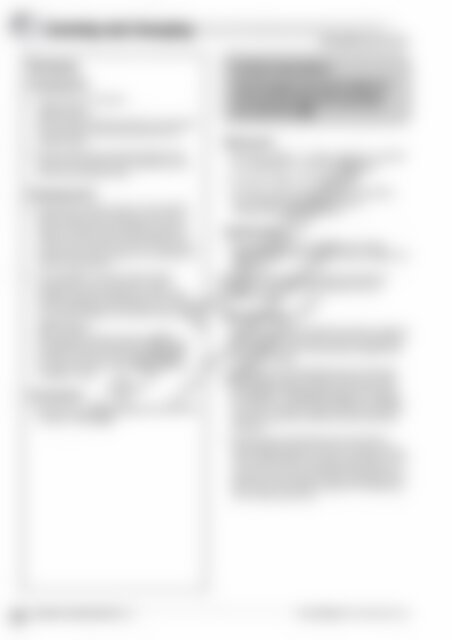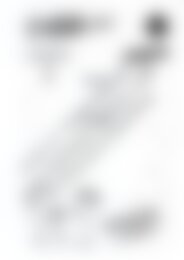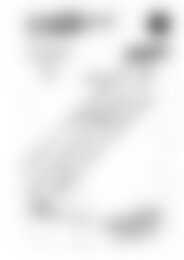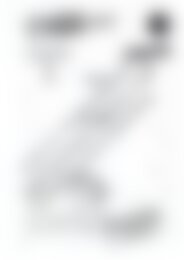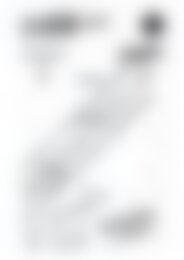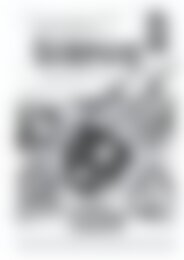RIC-20003 AC Health (Year 1) Be healthy safe and active
You also want an ePaper? Increase the reach of your titles
YUMPU automatically turns print PDFs into web optimized ePapers that Google loves.
The lesson<br />
Introduction<br />
• Read the poem on page 11.<br />
Differentiation<br />
More capable students should be encouraged<br />
to follow along <strong>and</strong> read the words as the<br />
teacher reads.<br />
• Discuss the physical changes related in the<br />
poem <strong>and</strong> things the baby could/could not do<br />
that the young child can do.<br />
Development<br />
• Discuss the images on page 12 <strong>and</strong> read the<br />
labels. Explain that the pictures show how a<br />
person has grown <strong>and</strong> changed, but they are<br />
mixed up. The pictures must be glued in the<br />
correct order along the time line. Provide each<br />
student with a copy of page 12 to complete the<br />
activity independently.<br />
• Come together as a group <strong>and</strong> have the<br />
students hold up their time lines. Select<br />
students to answer questions such as: What<br />
can the toddler do that the baby can't?, How is<br />
the teenager different to the adult? <strong>and</strong> so on.<br />
Differentiation<br />
More capable students may be asked to<br />
complete this part of the lesson as a written<br />
activity on the back of their completed time<br />
line while the others work with the teacher to<br />
complete it orally.<br />
Conclusion<br />
• Read the story You'll soon grow into them Titch<br />
as listed in Resources.<br />
Content description<br />
<strong>Be</strong>ing <strong>healthy</strong>, <strong>safe</strong> <strong>and</strong> <strong>active</strong><br />
Describe physical <strong>and</strong> social changes that<br />
occur as children grow older <strong>and</strong> discuss<br />
how family <strong>and</strong> community acknowledge<br />
these (<strong>AC</strong>PPS016) 0<br />
Resources<br />
• One copy of page I I-either hard copy or scanned<br />
for a whiteboard-to read with the students<br />
• One copy of page 12 for each student<br />
• You'll soon grow into them Titch by Pat Hutchins<br />
(An animated version can be viewed at<br />
.)<br />
Assessment<br />
• Work samples of the time line should indicate<br />
whether students can identify physical changes over<br />
time.<br />
• Oral or written responses should indicate that<br />
students can identify tasks people can do at<br />
different stages.<br />
Going further<br />
• Ask the students to complete the activity on page 13<br />
by writing about tasks they could do by themselves<br />
at each age or how the tasks have changed since<br />
they were younger.<br />
• Birthdays are one way families <strong>and</strong> communities<br />
acknowledge growth. Read nonfiction texts such<br />
as Birthdays: Celebrating life around the world by<br />
Eve Feldman or Celebrating birthdays in Australia<br />
by Cheryl L Enderlein. These texts give information<br />
about ways people in different cultures celebrate<br />
birthdays.<br />
©R.I.C. Publications<br />
Low Resolution Images<br />
Display Copy<br />
• Discuss other ways families <strong>and</strong> communities<br />
acknowledge physical <strong>and</strong> social changes. Do you<br />
have a later bedtime now that you are older? Do you<br />
have chores now you are older? What sports can<br />
you play now you are older? What community clubs<br />
like Scouts, Girl Guides or Nippers Surf Lifesaving<br />
are you able to join now?<br />
10 Australian Curriculum <strong>Health</strong> (<strong>Year</strong> 1) R.I.C. Publications ® www.ricpublications.com.au


